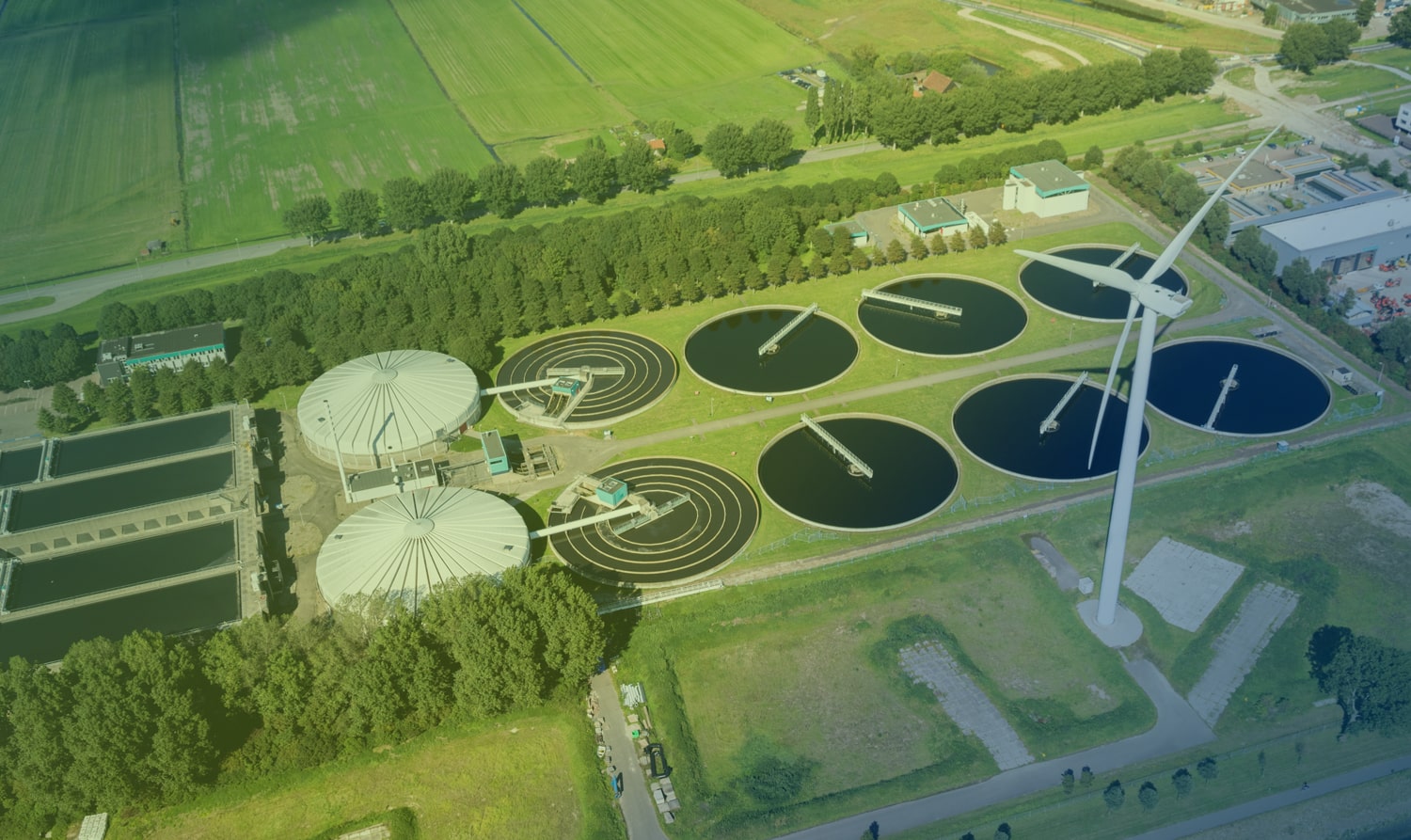The introduction of an excessive amount of contaminants and nutrients (notably nitrogen and phosphorus) into an aquatic ecosystem causes a proliferation of algae.
Some algae grow on carbon sources, but many utilize excess N and P. Decomposing algae consumes a great deal of oxygen, endangering fish and other aquatic animals. Eutrophication occurs most often in ecosystems where water is renewed very slowly, such as deep lakes.
Untreated sewage and agricultural runoff flowing into a lake or stream may result in eutrophication. A eutrophic body of water is one rich in dissolved nutrients, such as phosphates (-PO4-3) from detergents, fertilizers, and manure. Because of the high concentration of dissolved nutrients, algae will typically proliferate, die, and sink to the bottom. Here, their decomposition by bacteria requires a great deal of oxygen – i.e. the BOD goes up. If oxygen levels drop too low, the oxygen-requiring organisms, like fish, might be killed. In fact, some eutrophic lakes may become anaerobic (with all the aerobic life dying) if the BOD becomes too high.
Biological Oxygen Demandis the amount of oxygen needed to degrade the organic matter contained in effluent biologically. The BOD is determined by the level of organic matter in the discharge into a watercourse. If the nutrient level is too high, it results in the bacteria and other micro-organisms expanding rapidly. This depletes the available oxygen supply causing fish and other aquatic organisms to suffocate.
What is Chemical Oxygen Demand?
A COD test measures all organic carbon with the exception of certain aromatics (benzene, toluene, phenol, etc.) which are not completely oxidized in the reaction. COD is a chemically chelated/thermal oxidation reaction, and therefore, other reduced substances such as sulfides, sulfites, and ferrous iron will also be oxidized and reported as COD. NH3-N (ammonia) will NOT be oxidized as COD.
Algae can cause serious problems in ponds if not controlled. They produce large quantities of oxygen during the day but the decay of dying algae demands oxygen in considerable quantities also, resulting in severe oxygen depletion overnight. In conditions of heavy algae infestation aquatic plants become vulnerable to pests and diseases and fish become distressed.
Algae can be found growing in ponds, lakes, in clarifiers, de-chlorination tanks, etc. More than 10,000 living diatom species are known, there are over 8,000 species of Algae, there are 1500 species of Blue Green algae or Cyanobacteria, there are 6000 species of red algae or Rhodophyta, the list goes on and on- ok, so identification is not as important as why is it growing, how it impacts my plant and how to get rid of it!
Warmer weather sees plants, ponds, lakesand lagoons struggling suffering the effects of overgrown algae. It is important to note that algae control is pivotal to healthy gardens and ecosystems (manmade or natural). Duringwarmer months, and lots of plants, ornamental ponds, lakes, and lagoons having difficulties with Algae control, we are going to put together a few pages on our website on plants and their issues. Then we will put together the types of algae that can be found as an FYI, because most of the algae that are growing in your plant, regardless of species, need to be controlled and removed!
There are various controls depending upon the type of system, the cause and the location of the algae, maintenance, weir brushed, sprayers, manual scraping, control of nutrients, biological products, chlorination, etc. See our troubleshooting guide for Algae problems.

